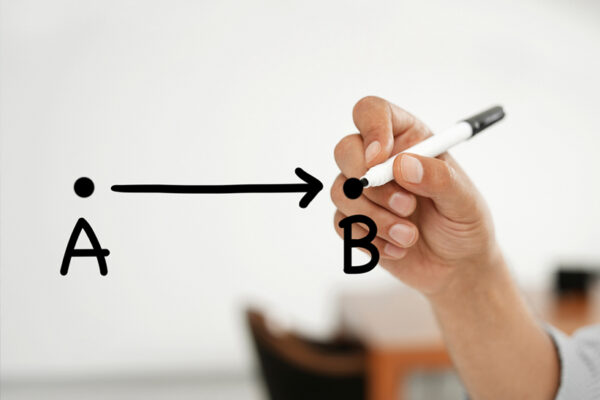Afstemmen van nachtdiensten op het chronobiologisch ritme

Afstemmen van nachtdiensten op het chronobiologisch ritme
In de Logistiek+ komen kennis, praktijk en verbeeldingskracht samen. Met concepten, tools en inzichten over hoe logistiek kan bijdragen aan een gezondere stad, een slimmere keten of een eerlijkere economie. Voor wie verder wil kijken dan efficiëntie en wil ontdekken wat er gebeurt als je logistiek verbindt met maatschappelijke opgaven.

Afstemmen van nachtdiensten op het chronobiologisch ritme
Zero-emissiezones: kans of knelpunt voor de stedelijke logistiek?

Circulaire ketens: van uitdaging naar kans voor logistieke dienstverleners

Hoe identiteit als kapstok kan helpen bij patiëntgerichte en betaalbare zorg

Van beladingsgraad tot biobrandstof: een praktisch kompas voor CO₂-arm wegtransport

Hoe een slim jaarrooster verspilling voorkomt en zorgcapaciteit duurzaam inzet

Van eilandjes naar efficiëntie: zo groeit het ziekenhuis in samenhang

Logistiek als sleutel tot systeemverandering: durf jij het groter te denken?

Samenwerken via een hub? Zo voorkom je dat het bij goede bedoelingen blijft